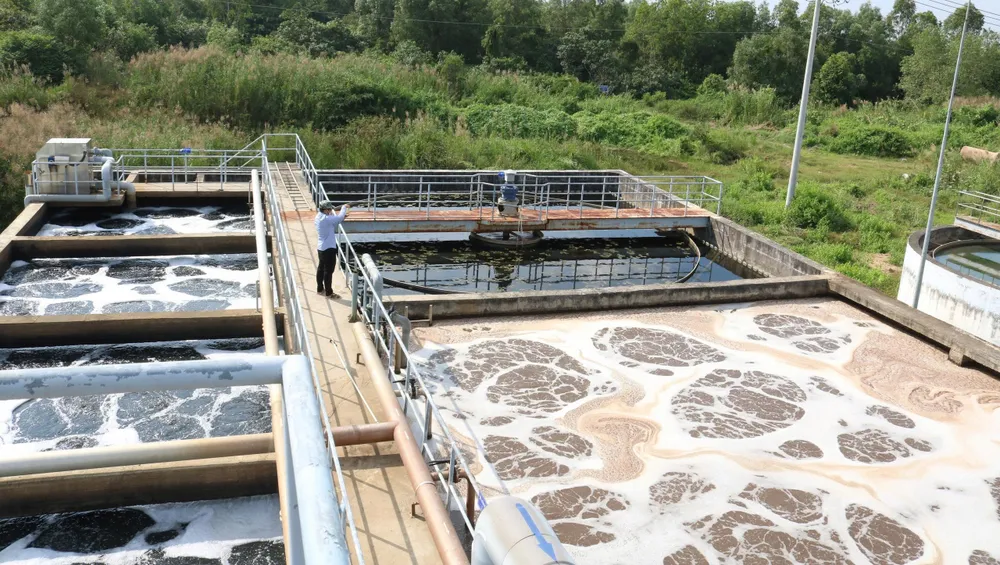
Improving the Provincial Green Index
PGI (Provincial Green Index) is a tool developed by the Vietnam Chamber of Commerce and Industry (VCCI) to assess the level of environmental friendliness in economic development of localities. This index includes main pillars reflecting the level of pollution reduction and climate change response, compliance with environmental standards, the role of the government in environmental protection and policies to support environmentally friendly businesses.
Identifying the improvement of the PGI index as an important goal towards a sustainable development model, the People's Committee of Long An province issued Plan No. 3265/KH-UBND dated November 6, 2024 on implementing tasks and solutions to improve and enhance the PGI index in the 2024-2025 period in the province. According to Mr. Nguyen Tan Thuan, Deputy Director of the Department of Agriculture and Environment of Long An, in 2024, the province's PGI reached 27.56 points, an increase of 4.49 points compared to 2023. Of which, the index of environmental pollution reduction and climate change impact reached 7.5 points, an increase of 0.35 points; the index of ensuring compliance with minimum environmental standards reached 7.62 points, an increase of 0.6 points; the index of the leadership role of the provincial government in environmental protection increased by 0.8 points, reaching 4.86 points. In particular, the index of preferential policies and business support services in environmental protection increased the most, reaching 7.58 points, an increase of 1.74 points compared to 2023.
Not only improving in score, PGI in 2024 of Long An province also reflects substantial changes from thinking to action, from the initiative of the government to the adaptation efforts of businesses and people. According to Mr. Nguyen Tan Thuan, despite the encouraging results, the green development journey of the province still has many challenges to overcome. Specifically, there are still 3 industrial clusters (ICs) in the province that have come into operation but have not completed the centralized wastewater treatment system: Duc Hoa Ha IC and Duc Hoa Dong IC are being renovated; Hoang Gia IC. These are "bottlenecks" for the goal of sustainable industrial development and are being focused on by Long An province to remove.
In addition, the problem of domestic solid waste treatment is also a challenge for Long An. Although the amount of waste generated is increasing, the province still does not have a high-tech treatment plant with enough capacity to handle it, and has to depend partly on Ho Chi Minh City. Meanwhile, attracting investment in the waste treatment sector is still facing difficulties due to mechanisms and policies; most businesses, especially small and medium-sized enterprises, still do not have a clear direction in technology conversion and applying cleaner production models...
Towards net zero emissions
According to Mr. Nguyen Tan Thuan, in 2025, Long An province determined that improving PGI is not only a technical task but also a comprehensive, long-term development strategy. Therefore, the province has proposed a number of key solutions to both maintain its leading position in the country and gradually realize its commitment to net zero emissions by 2050.
First of all, thoroughly propagate in the political system, people and businesses in the province to be aware of green growth and development towards reducing greenhouse gas emissions towards the goal of net zero emissions by 2050. Second, thoroughly handle pollution black spots, improve environmental quality; encourage operating businesses to have a roadmap for transformation, apply modern technology to reduce emissions; limit the acceptance of investment projects for industries that are at risk of causing environmental pollution; prioritize the acceptance of industries that limit emissions and are environmentally friendly. At the same time, focus on the management and treatment of domestic solid waste and urban wastewater.
Third is to investigate and survey the current status of production technology, have a suitable roadmap to convert or replace outdated technology that emits a lot of greenhouse gases with environmentally friendly technology; conduct investigations and inventories of greenhouse gas emissions; implement programs and projects according to the carbon credit exchange and offset mechanism in the province. Fourth is to build a pilot model of a green industrial park, focusing on attracting all types of logistics services in the province; build green urban infrastructure. Fifth, develop clean agriculture, organic agriculture; use resources economically, use raw materials and energy that are environmentally friendly.
Mr. Nguyen Tan Thuan shared that in the coming time, the Department of Agriculture and Environment of Long An province will continue to closely coordinate with departments, branches, localities and the business community to synchronously deploy solutions; strengthen propaganda, raise public awareness, thoroughly handle pollution sources; promote the application of advanced technology in production and waste treatment as well as prepare the foundation for participating in the carbon credit market. With the efforts and results achieved, Long An is affirming its role as one of the pioneering localities in the Mekong Delta region in particular and the whole country in general in developing a green, circular and sustainable economy. Long An will gradually move closer to the goal of net zero emissions by 2050, contributing to building a greener, cleaner, more sustainable future for the whole region and the whole country.
Source: https://www.sggp.org.vn/long-an-tung-buoc-khang-dinh-chi-so-xanh-post800080.html










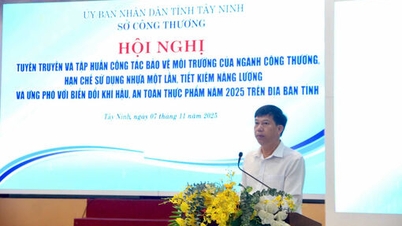
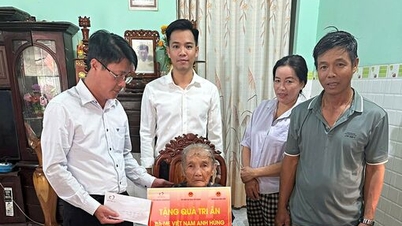
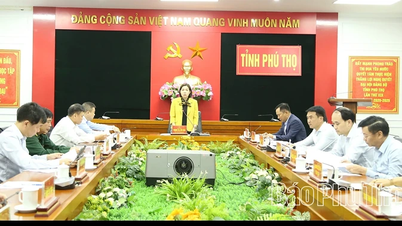





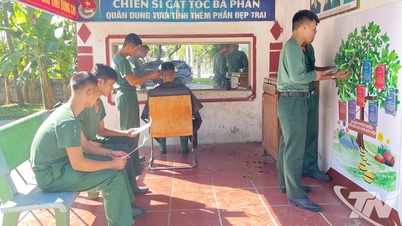




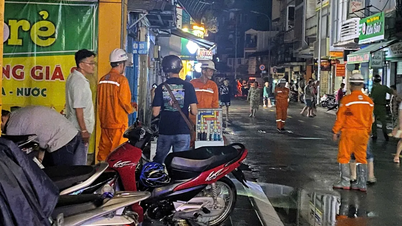
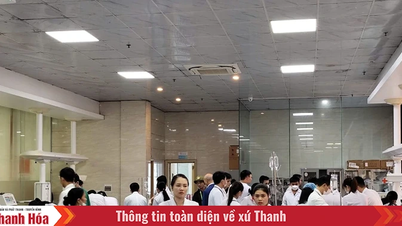






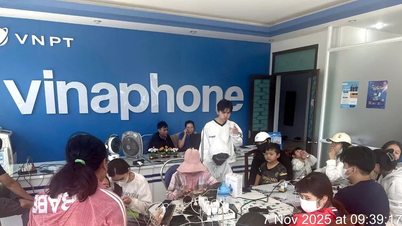


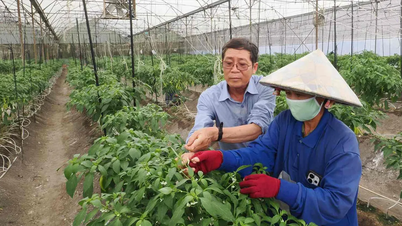

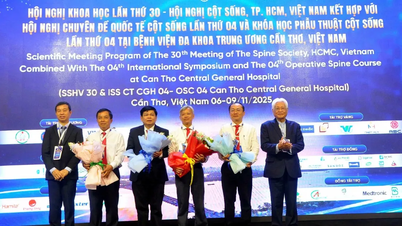











![[Video] Hue Monuments reopen to welcome visitors](https://vphoto.vietnam.vn/thumb/402x226/vietnam/resource/IMAGE/2025/11/05/1762301089171_dung01-05-43-09still013-jpg.webp)



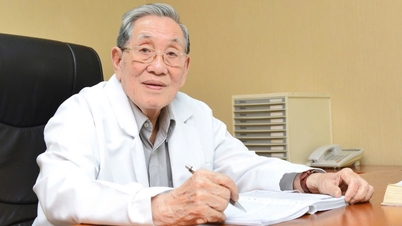









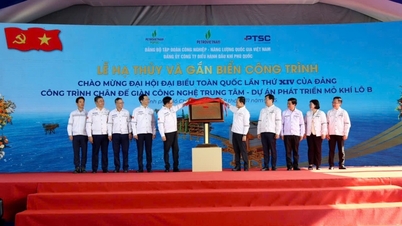

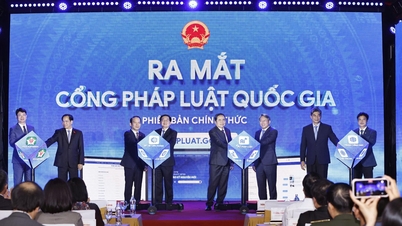























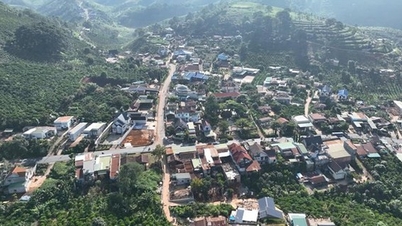


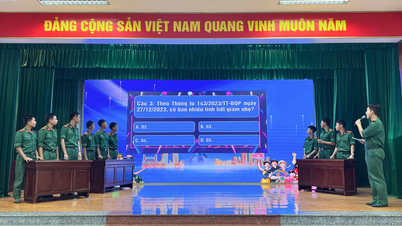



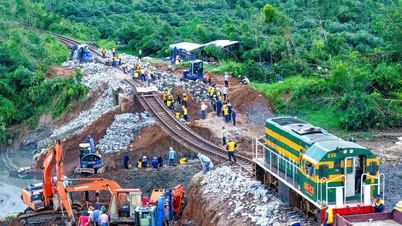
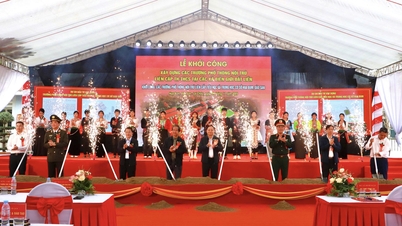
![Dong Nai OCOP transition: [Part 2] Opening new distribution channel](https://vphoto.vietnam.vn/thumb/402x226/vietnam/resource/IMAGE/2025/11/09/1762655780766_4613-anh-1_20240803100041-nongnghiep-154608.jpeg)













Comment (0)